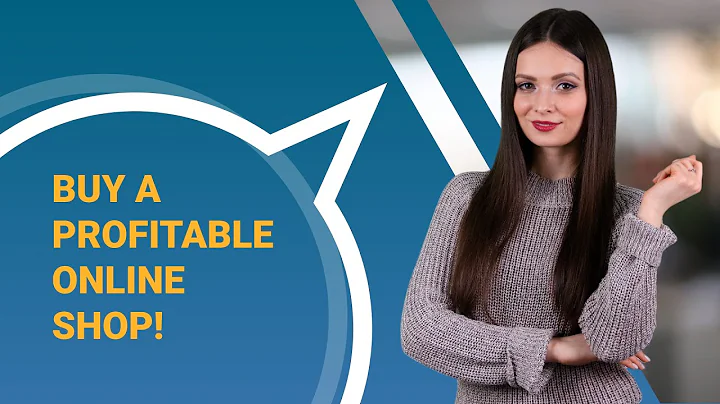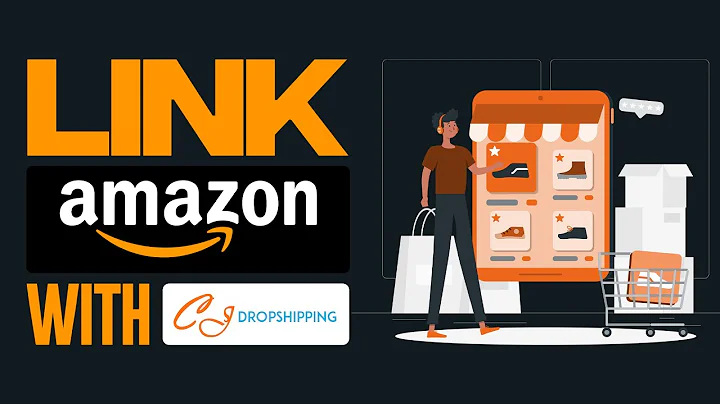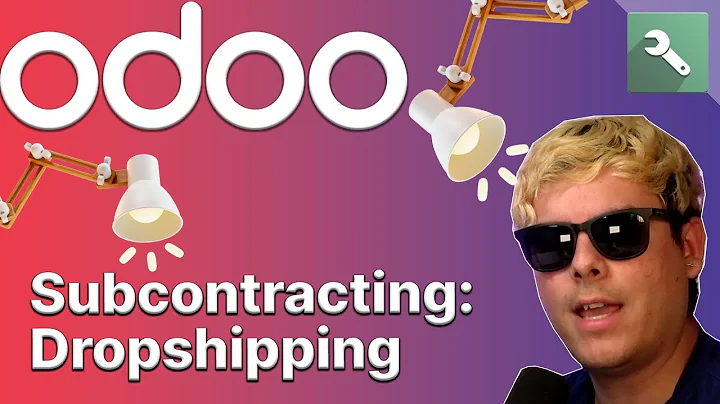The Power of Custom Packaging for Your Shopify Store
Table of Contents:
- Introduction
- The Importance of Custom Packaging for Your Shopify Store
- When to Start Investing in Custom Packaging
- How to Determine the Right Time to Invest in Custom Packaging
4.1. Identifying a Winning Product
4.2. Ensuring Consistent Cash Flow
4.3. Calculating the Cost of Custom Packaging
4.4. Building a Relationship with Suppliers
4.5. Working with Third-Party Fulfillment Centers
- The Process of Creating Custom Packaging
5.1. Sizing and Design
5.2. Finding and Hiring a Graphic Designer
5.3. Collaboration with Suppliers or Manufacturers
5.4. Evaluating the Packaging Requirements for Dropshipping
5.5. Considering the Impact on Shipping Times and Costs
- The Benefits of Custom Packaging
6.1. Branding and Social Media Exposure
6.2. Building Social Proof and Customer Loyalty
6.3. Enhancing the Customer Experience
- Tracking the Return on Investment (ROI) for Custom Packaging
- Incorporating Custom Packaging into Your Overall Ecommerce Strategy
8.1. Transitioning from Dropshipping to Inventory
8.2. Scaling and Expanding Your Product Line
- Conclusion
The Importance of Custom Packaging for Your Shopify Store
When it comes to running a successful Shopify store, branding plays a crucial role in attracting and retaining customers. One aspect of branding that often goes overlooked is custom packaging. Custom packaging not only enhances the overall look and feel of your products, but it also allows you to create a unique and memorable experience for your customers. In this article, we will explore the importance of custom packaging for your Shopify store and discuss when and how you should start investing in it.
When to Start Investing in Custom Packaging
Determining the right time to invest in custom packaging can be a challenging decision for many Shopify store owners. It requires careful consideration of various factors, including the financial implications and the impact on your brand. To help you make an informed decision, let's explore some key aspects to consider.
Identifying a Winning Product
Before investing in custom packaging, it is essential to have a winning product that has proven to be successful in the market. Custom packaging is tailored to specific products and their sizes, so it is crucial to ensure that you have a product that will generate consistent sales and positive customer feedback.
Ensuring Consistent Cash Flow
Custom packaging can be a significant investment, so it is crucial to have a steady cash flow from your business to cover the expenses. It is generally recommended to use the profits generated by your Shopify store to finance custom packaging rather than acquiring additional debt. This approach ensures that you are investing in custom packaging with the resources you already have and reduces the risk associated with taking on unnecessary financial burdens.
Calculating the Cost of Custom Packaging
The cost of custom packaging varies depending on factors such as the quantity ordered, the complexity of the design, and the type of packaging material. It is essential to have a clear understanding of the costs involved and how they will impact your overall budget. Additionally, you should consider the minimum order quantities set by manufacturers and suppliers to determine if they are feasible for your business.
Building a Relationship with Suppliers
If you decide to proceed with custom packaging, it is crucial to establish a strong relationship with your suppliers or manufacturers. They will provide you with the necessary sizing information and collaborate with you on the design process. Building a good rapport with your suppliers can also lead to other benefits, such as faster shipping times and potential cost reductions.
Working with Third-Party Fulfillment Centers
If you use a third-party fulfillment center (3PL) to handle your order fulfillment, you have more flexibility when it comes to custom packaging. Unlike manufacturers or suppliers, 3PLs are solely focused on fulfilling orders and can accommodate specific packaging requirements. However, keep in mind that the manufacturer may still have minimum order quantities for custom packaging, as they need to make it worth their time and resources.
The Process of Creating Custom Packaging
Once you have determined the right time to invest in custom packaging, you need to understand the steps involved in creating it.
Sizing and Design
Begin by obtaining the sizing specifications from your suppliers or manufacturers. This information will serve as a guide for your graphic designer to create the packaging design. Collaborate closely with the designer to ensure that the design aligns with your brand image and enhances the overall customer experience.
Finding and Hiring a Graphic Designer
If you do not have the design skills yourself, consider hiring a graphic designer to create your custom packaging. Freelance websites like Upwork or Fiverr offer a wide pool of talented designers with varying price ranges. Alternatively, you can explore hiring employees or contractors through platforms like indeed.com.
Collaboration with Suppliers or Manufacturers
Work closely with your suppliers or manufacturers throughout the design process. They can provide valuable input and guidance on what is feasible and practical for your products, considering factors such as materials, printing techniques, and production timelines. Creating a collaborative relationship ensures that the final packaging design meets both your brand's vision and the manufacturing requirements.
Evaluating the Packaging Requirements for dropshipping
If you rely on dropshipping as your fulfillment method, it is essential to evaluate the compatibility of custom packaging with this business model. Dropshipping typically involves products being shipped directly from suppliers to customers, which means you may not have control over the packaging. However, certain suppliers may offer the option to include custom packaging for an additional cost.
Considering the Impact on Shipping Times and Costs
Introducing custom packaging may affect your shipping times and costs. Custom packaging might add an extra step in the fulfillment process, leading to longer processing times. Additionally, larger or heavier custom packaging could result in higher shipping costs. These factors should be considered when determining the overall impact on your business operations.
The Benefits of Custom Packaging
While custom packaging does not have a direct return on investment (ROI) that can be easily tracked like other marketing strategies, it offers a range of invaluable benefits for your Shopify store.
Branding and Social Media Exposure
Custom packaging presents an opportunity to showcase your brand and create a memorable unboxing experience for customers. When customers receive a visually appealing and well-designed package, they are more likely to share photos and videos on social media, tagging your brand and generating exposure. This organic user-generated content serves as free advertising and can significantly increase your brand's reach and visibility.
Building Social Proof and Customer Loyalty
Custom packaging contributes to building social proof by demonstrating that real people are buying and enjoying your products. When customers share their unboxing experiences on social media, it creates an authentic and trustworthy image for your brand. This social proof can help attract new customers and foster a sense of loyalty among existing customers.
Enhancing the Customer Experience
Custom packaging enhances the overall customer experience, making it more enjoyable and memorable. It shows that you have invested time and effort into creating a unique and special package for your customers. This attention to detail can leave a lasting impression and increase customer satisfaction, leading to repeat purchases and positive reviews.
Continue Reading



















